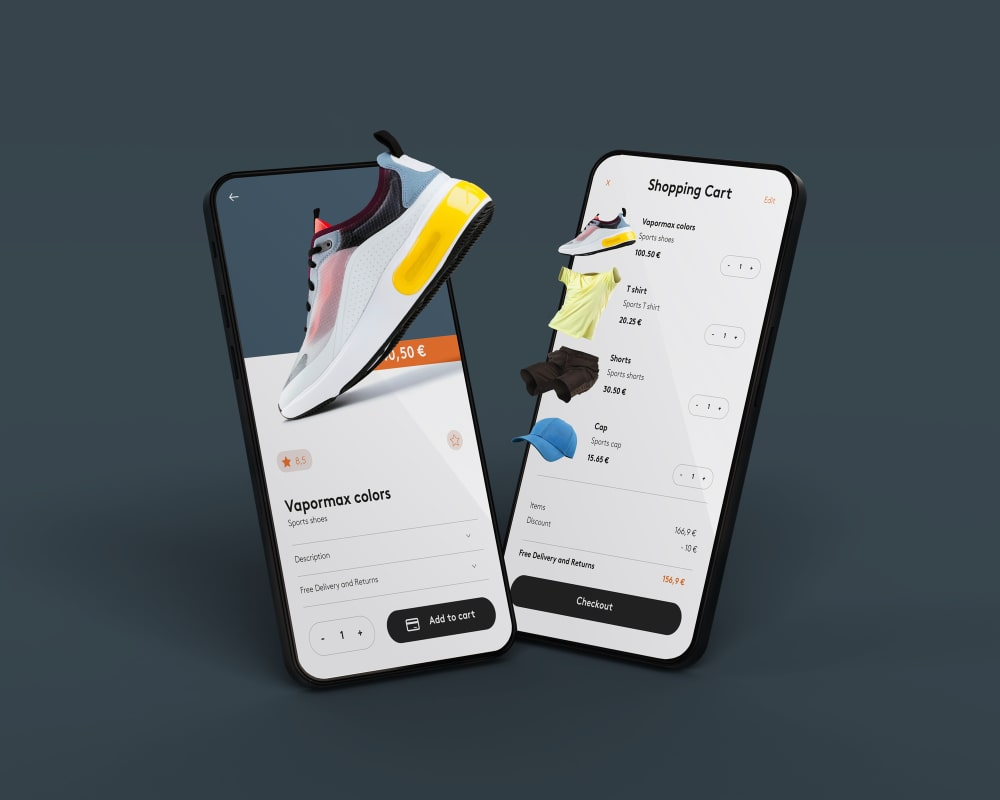Application Development refers to creating software applications for use on different platforms such as computers, smartphones, tablets, and other mobile devices.
The process involves designing, coding, testing, and deploying the application. In this blog post, we will explore the basics of Application Development, the different types of applications, and the factors to consider when developing an application.
Types of Applications:
There are different types of applications, including:
Web Applications:

These are applications that are accessed through a web browser. They are designed to run on different platforms and can be accessed from anywhere with an internet connection.
Mobile Applications:

These are applications that are designed to run on mobile devices such as smartphones and tablets. They are usually downloaded and installed from an app store.
Desktop Applications:

These are applications that are designed to run on desktop computers. They are installed on the computer’s hard drive and are designed to work on a specific operating system.
Enterprise-Level Software Systems

We design enterprise-level software systems to support large organizations or businesses. They are complex systems that are used to handle a variety of functions, including data management, customer relationship management, supply chain management, financial management, and more.
Our Enterprise-level software solutions are typically used by medium to large-sized organizations providing scalable solutions that can handle a large volume of data and users.
Factors to Consider When Developing an Application:
Target Audience:
The first factor to consider when developing an application is the target audience. You need to understand who your target audience is and what their needs are. This will help you design an application that meets their needs and provides value.
Platform:
The platform you choose to develop your application on is also important. You need to consider the platform’s capabilities, limitations, and user experience to ensure that your application works seamlessly.
Design:
The design of your application is also important. You need to consider the user interface, the user experience, and the overall look and feel of the application. A well-designed application is more likely to be successful than one that is poorly designed.
Development Methodology:
There are different development methodologies to choose from when developing an application. These include Agile, Waterfall, and DevOps. You need to choose the methodology that best suits your project and team.
Custom Application Development Process:
The process of developing custom applications involves several stages, including:
Requirements Gathering:
This stage involves identifying the specific needs and requirements of the business, which the custom application will address.
Design and Architecture:
This stage involves designing the application’s architecture, including the user interface, features, and functionality.
Development:
This stage involves coding the application based on the design and architecture.
Testing:
This stage involves testing the application to ensure that it meets the requirements and is free of bugs and errors.
Deployment and Maintenance:
This stage involves deploying the application to the production environment and providing ongoing maintenance and support.

Application Development with ONE Technology Services
Identify the problem or opportunity:
The first step in application development is to identify the problem or opportunity that the application will address. This can involve conducting research, analyzing data, and gathering input from stakeholders to determine the requirements and goals of the application.
Plan the project:
Once the problem or opportunity has been identified, the next step is to plan the project. This involves defining the scope, budget, timeline, and resources required for the project, as well as identifying potential risks and challenges that may need to be addressed.
Design the application:
The next step is to design the application, which includes creating wireframes, prototypes, and user interfaces. This phase typically involves collaboration between designers, developers, and other stakeholders to ensure that the design meets the requirements and goals of the project.
Develop the application:
Once the design has been finalized, the development phase can begin. This involves writing code, integrating APIs and third-party libraries, and testing the application to ensure that it functions as intended.
Test and launch the application:
After the application has been developed, it needs to be thoroughly tested to ensure that it is reliable, secure, and user-friendly. Once testing is complete, the application can be launched and made available to users.
Provide ongoing support:
Even after the application has been launched, it will require ongoing support to address bugs, implement updates, and address user feedback.
This may involve providing technical support, performing maintenance tasks, and releasing new versions of the application as needed.
FAQS
What programming languages are used for Application Development?
There are different programming languages used for Application Development, including Java, Swift, Kotlin, C++, Python, and JavaScript.
How long does it take to develop an application?
The time it takes to develop an application depends on various factors such as the complexity of the application, the platform, and the development methodology. A simple application can take a few weeks, while a complex application can take several months.
What is the cost of developing an application?
The cost of developing an application depends on the factors mentioned above. A simple application can cost a few thousand dollars, while a complex application can cost hundreds of thousands of dollars.
Conclusion:
Application Development is a complex process that requires careful planning, design, and implementation. Understanding the different types of applications, the factors to consider when developing an application, and the FAQs can help you create a successful application.
With the right team, tools, and resources, you can create an application that meets the needs of your target audience and provides value to your business or organization.
